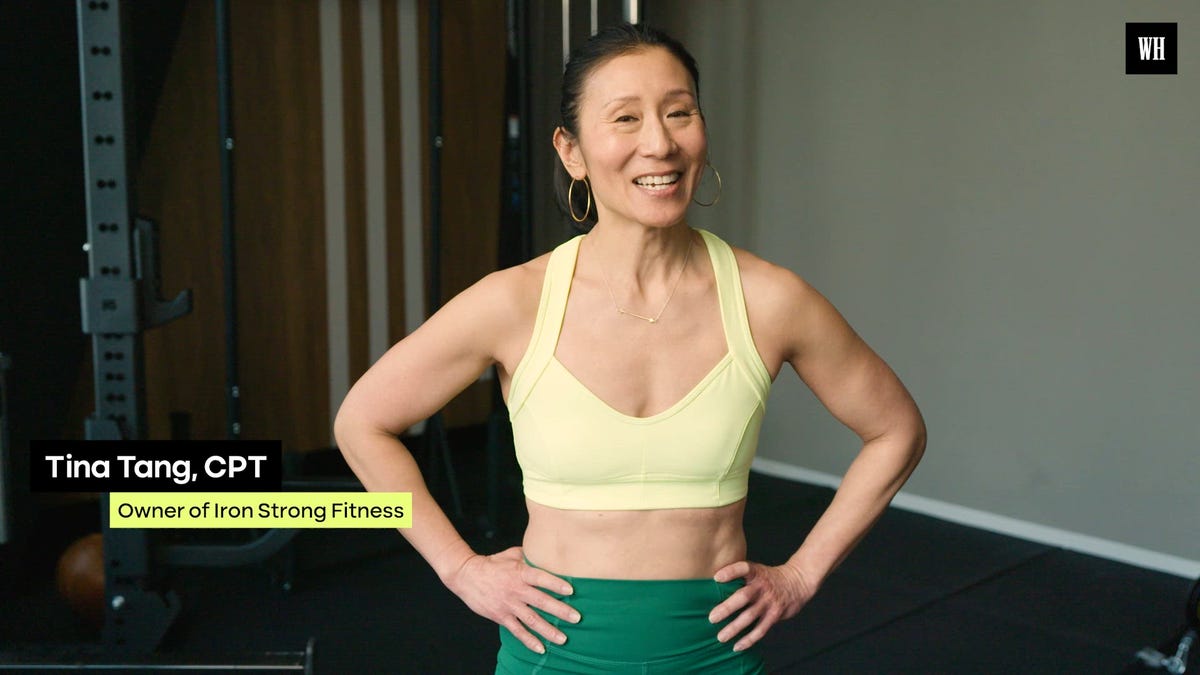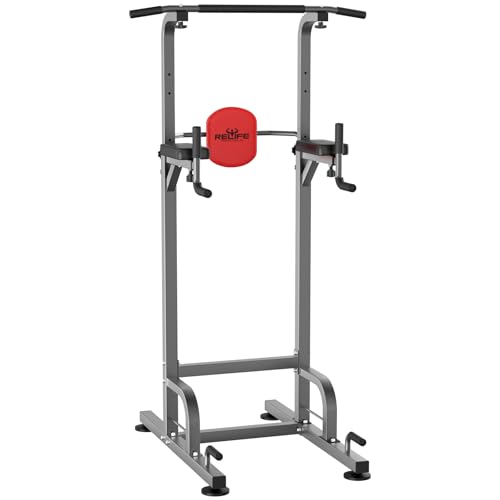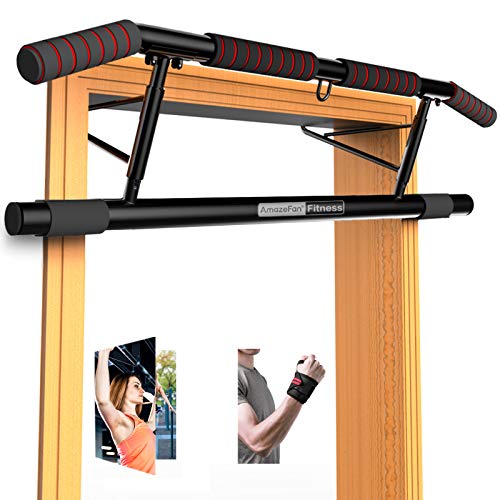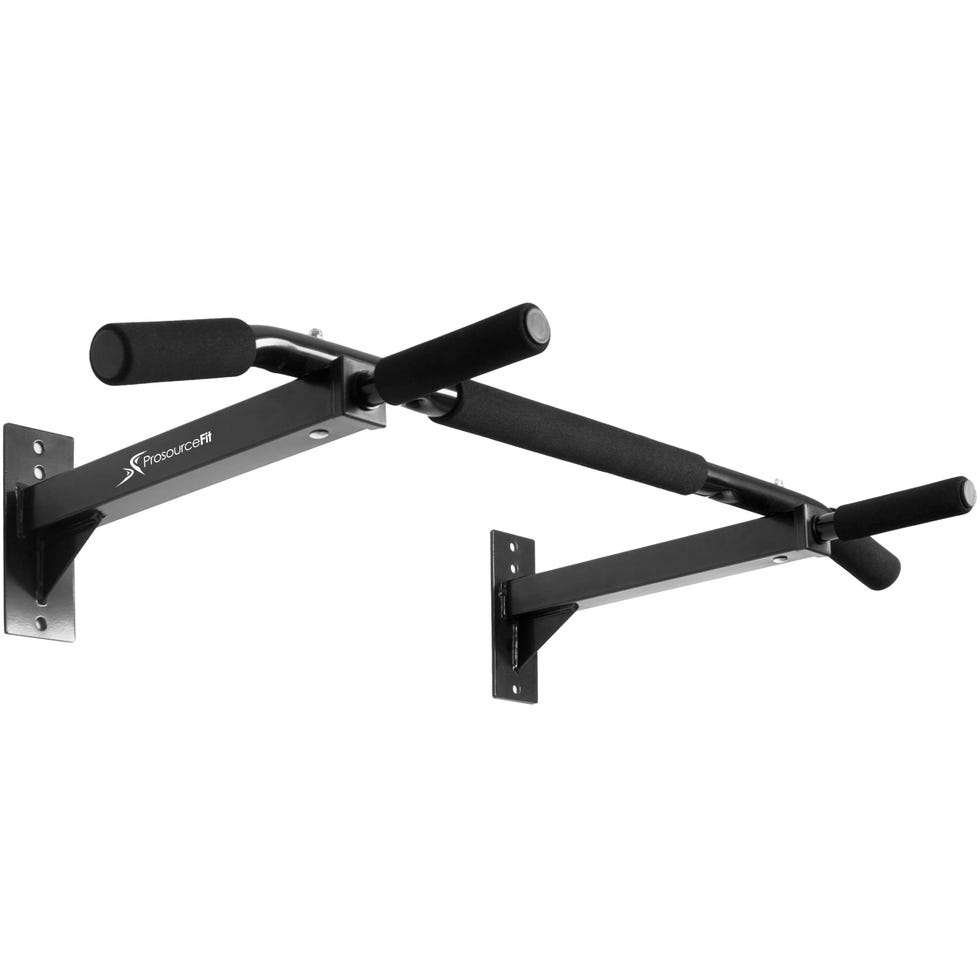If you’ve ever attempted a pull-up, struggled, and thought, Nope, not happening for me—you’re not alone. But what if we told you there’s a better, strategic way to build the strength, control, and power you need to finally nail your first rep?
In this episode of Technique School, Tina Tang, CPT, trainer behind the WH+ Ultimate Pull-Up Plan, explains her step-by-step, three-phase system designed to help you progress at your own pace. Whether you’re starting from scratch or refining your form, Tang’s unique approach ensures that you’re getting stronger with every workout.
Tang’s program also emphasizes that progress isn’t about rushing through the motions—it’s about building a solid foundation so your body adapts properly. “Strength isn’t just about muscles; it’s about training your nervous system to recognize and execute the movement efficiently,” Tang says.
Meet your trainer: Tina Tang is a certified personal trainer and the owner of Iron Strong Fitness. She focuses on helping women 40 and over add strength training into their lives. Follow her on Instagram at @ironstrongfit.
So wherever you’re starting from, follow these phases, test yourself every two weeks with the performance indicators discussed out below, and trust the process. You will get there.
WATCH NOW: Phases Of Pull-Up Training
1. Learn To Hang Longer
If you can’t yet lift yourself, don’t worry—that’s where most people will start this program. And that’s exactly what this phase is for. Tang explains the importance of isometric holds in her program, where you focus on staying at the top of the bar for at least 10 seconds. This not only builds raw strength but also helps your nervous system get familiar with the movement. “It’s essential to experience what it feels like at the top of the bar,” says Tang, “to allow your body to understand that it’s a safe position.”
Holding your body at the top of the pull-up strengthens your grip, teaches your muscles how to stay engaged, and helps reinforce proper posture. If you struggle to hold on for even a few seconds at first, Tang suggests using a resistance band or an assisted pull-up machine to help take off some of the weight while still developing essential strength. Another great way to reinforce this skill is by performing dead hangs, which will further build endurance in your grip and shoulders.
2. Build Your Muscular Endurance
Once you can hold yourself at the top of a pull-up—chin over bar—for at least 10 seconds, it’s time to focus on lowering yourself slowly and with control. This is called the eccentric phase of a pull-up, which is key for developing strength while also increasing your ability to sustain time under tension (hello, muscular endurance!).
“Negatives are where the magic happens,” Tang says. “Slowing down the descent forces your muscles to work harder, and that strength carries over into the pull-up itself.” Start by lowering yourself as slowly as possible—aim for a five-second descent (or longer, if you really want to show off)—and repeat for multiple reps. The longer you can control the movement, the more effectively you’ll build the ability to reverse the motion into a pull-up.
3. Master The Full Move
When you’ve mastered the previous two phases, you’re ready to start pulling yourself up. Tang breaks down different variations—including assisted pull-ups using resistance bands or an assisted pull-up machine and jump pull-ups (which get you over the hump of the hardest part, pulling from the very bottom position)—so you can build towards executing a complete full, unassisted pull-up with power and confidence.
At this stage, it’s more important than ever to maintain good form and avoid common pitfalls, like kicking or swinging your legs to gain momentum (which we get into more here). The goal is to develop strict pull-up strength, so focusing on control and engagement is key. “Your lats should be driving the movement,” Tang says. “Think about pulling your elbows down rather than just trying to yank your chin over the bar. Your core should be tight, and glutes and legs should be zipped together—a full pull-up requires total body engagement, really.”
The Best Pull-Up Bars
Talene Appleton is the fitness editor at Women’s Health, where she nerds out over all things fitness, nutrition, and wellness. She was previously the fitness and commerce editor at Men’s Health, where she tested and reported on the newest, buzziest fitness and wellness products to hit the market. As a NASM-certified personal trainer and Precision Nutrition-certified nutrition coach, she is passionate about supporting women at the intersections of fitness, food, and community. Talene was on the George Washington University college dance team (shout out First Ladies) before moving on to become an NBA dancer for the Washington Wizards—you can still catch her at dance classes across New York and LA in her free time. Before entering journalism full-time, Talene was a private chef for four years and still enjoys cooking for and hosting friends and family regularly.
Read the full article here









